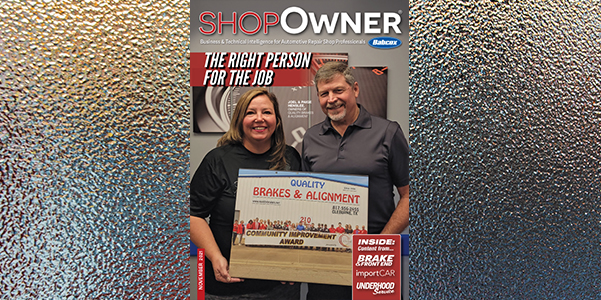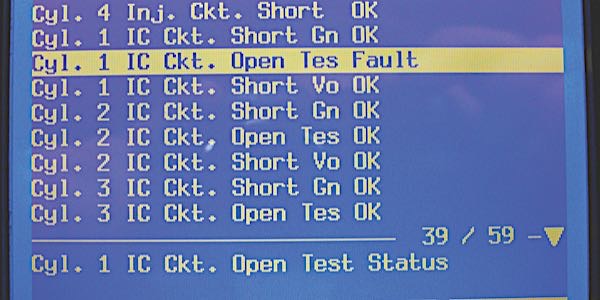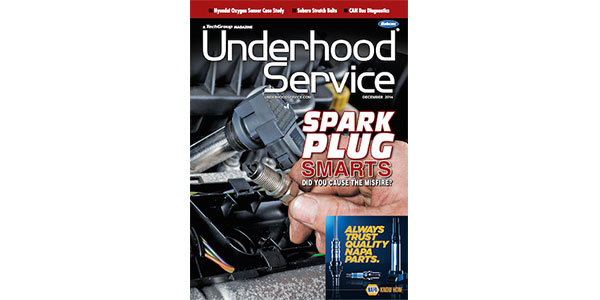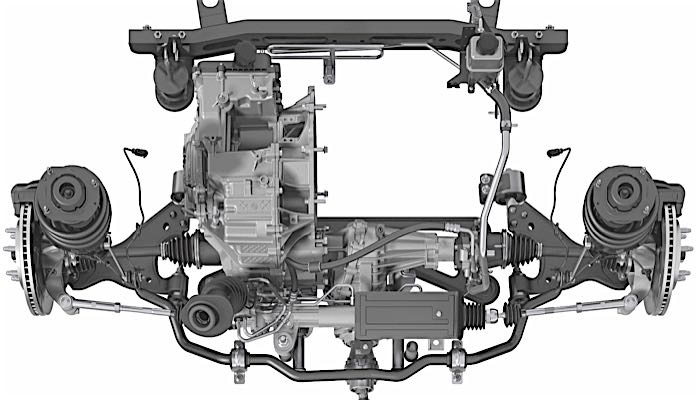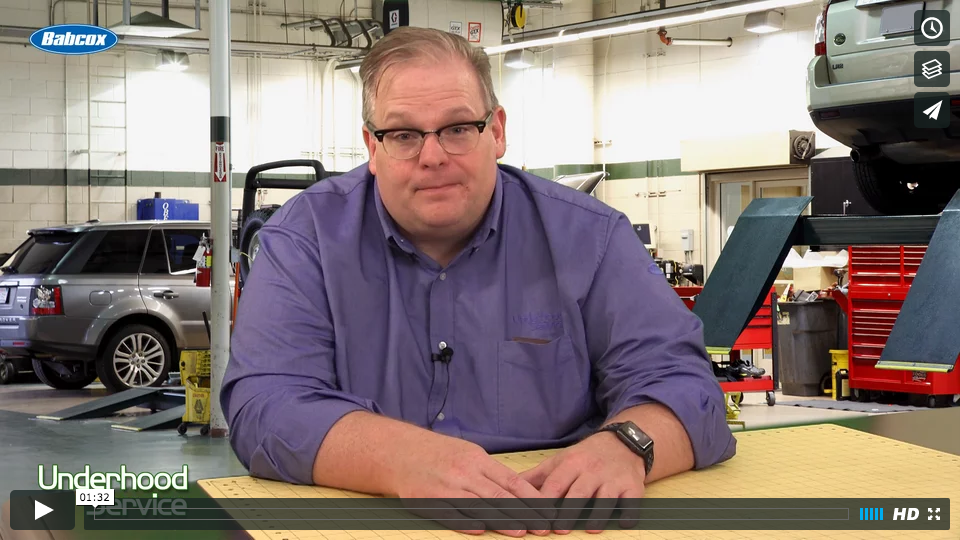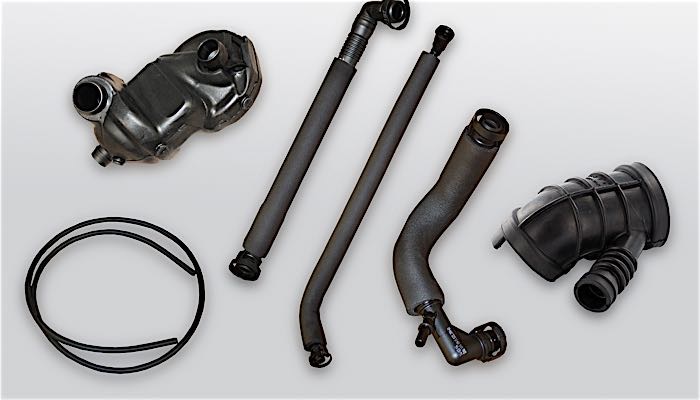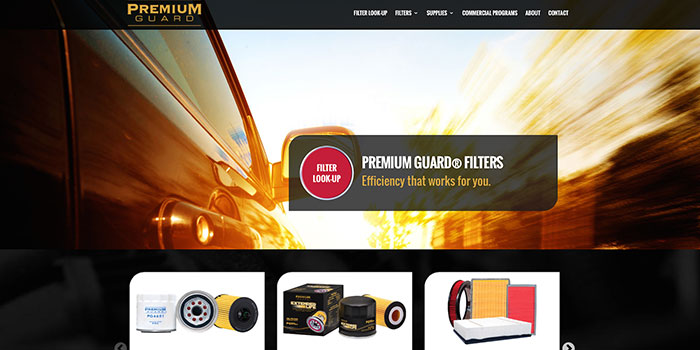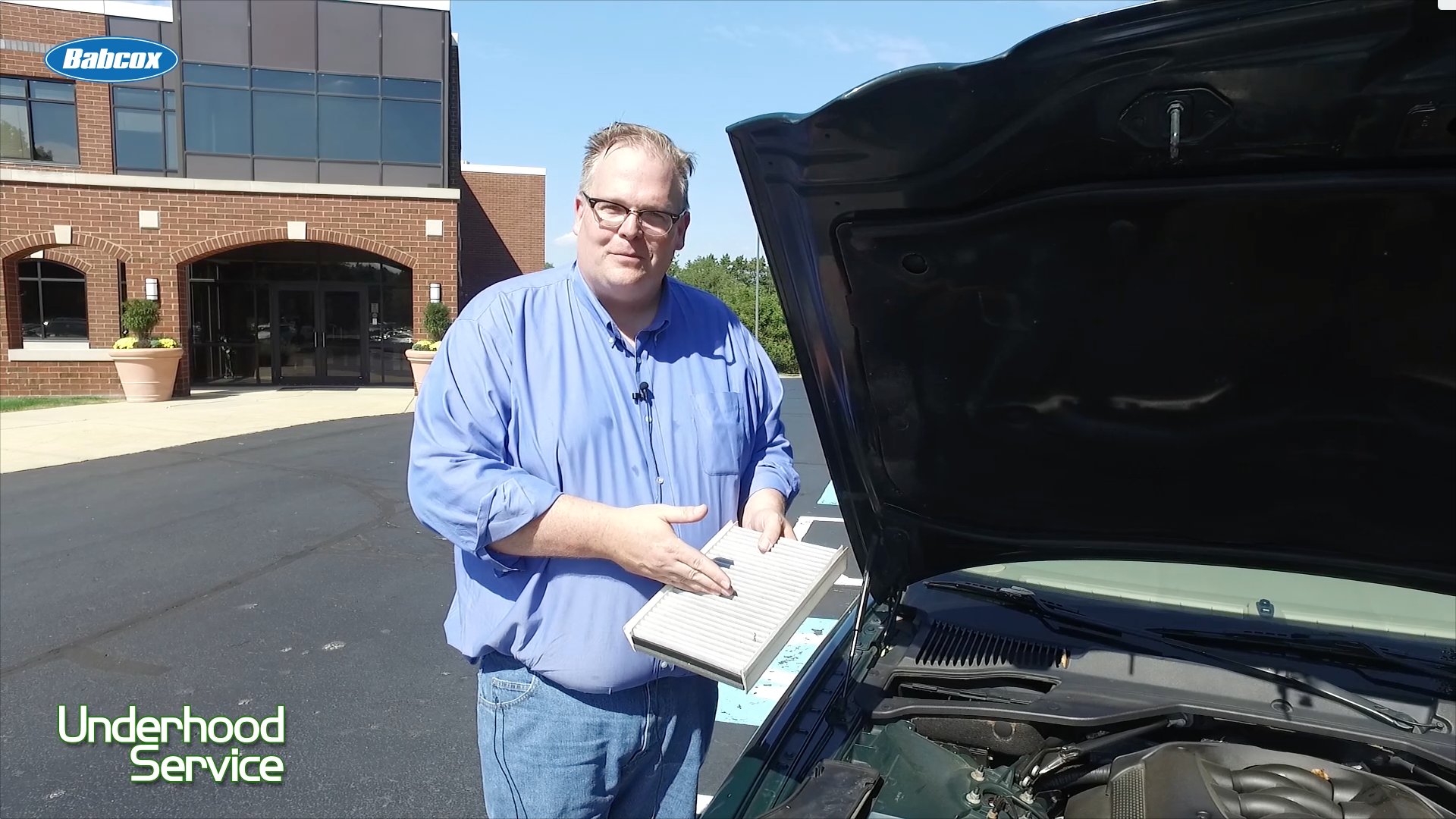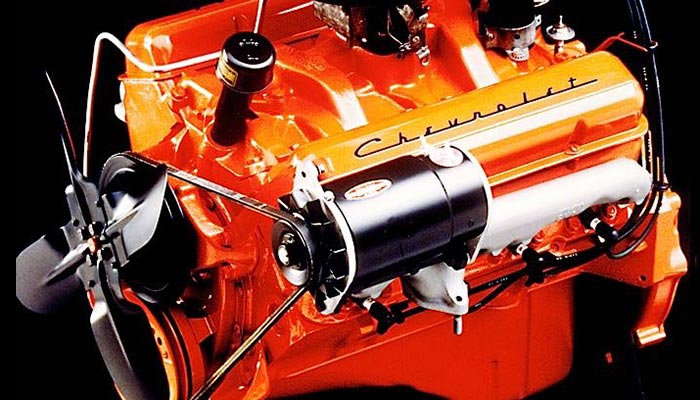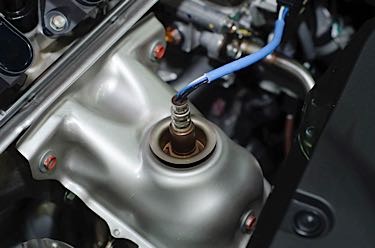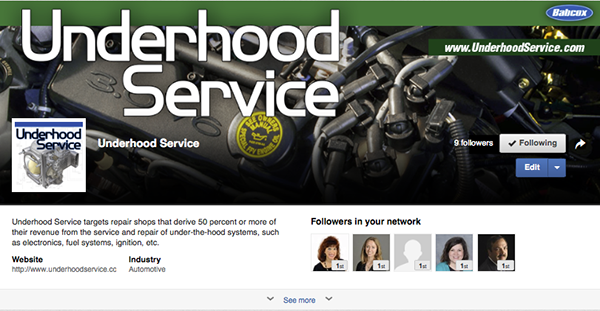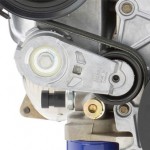
Selling a belt at 90,000 miles is easy. But, making that new belt go 90,000 miles might be impossible without selling the complete belt job.
With zero miles on an odometer, the belt is operating in the best possible environment. The tensioner is new, nothing leaks and nothing is worn. By 90,000 miles, wear in these parts stack against the new belt and give it no chance to last as long as the original belt. Replacing the tensioner, decoupler pulley and other components will give the new belt a fighting chance at lasting the recommended interval. Selling it to the customer is a no-brainer if you explain the benefits of the complete belt job.
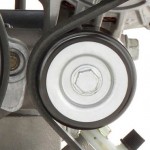
Belt Tensioner: This part is more than just a spring that pushes against the belt. Inside is a friction disc that acts as a damper to reduce vibration and noise. When it wears out, belt tension can actually increase because the force of the spring is not dampened.
Idler Pulley: Bearings inside these pulleys can wear out over time and cause noise. If you see any leaking grease, recommend replacement. Failed pulleys will make a chirping and/or grinding noise. They can also cause an alignment problem and increase belt wear.
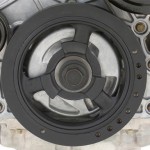
Decoupler Pulley: With more than 350 million of these on the road, the decoupler pulley is a maintenance item. A decoupler pulley does two things. First, it decouples the alternator from the engine and belt so the alternator does not cause a parasitic load on the crankshaft. Second, it absorbs crankshaft power pulses. A decoupler pulley can wear out in as little as 80,000 miles.
Seals: A leaking seal on a power steering pump, water pump or A/C compressor can cause an early failure of a new belt. With the belt off, inspect the seals.

